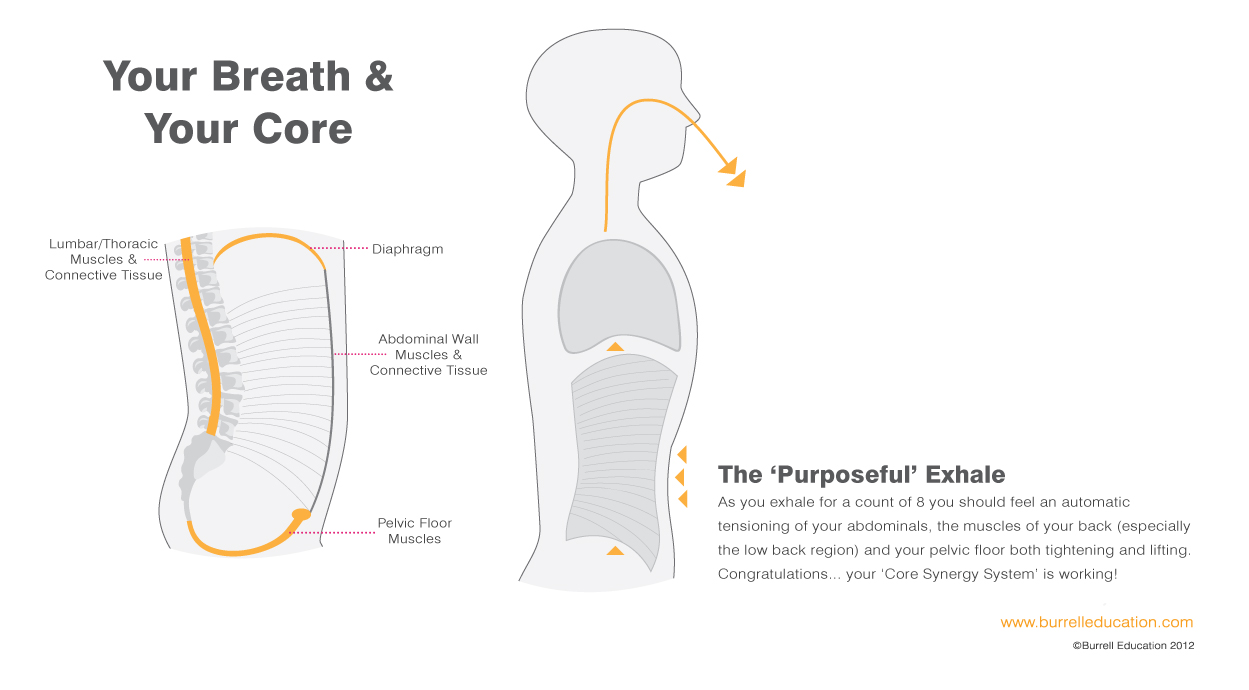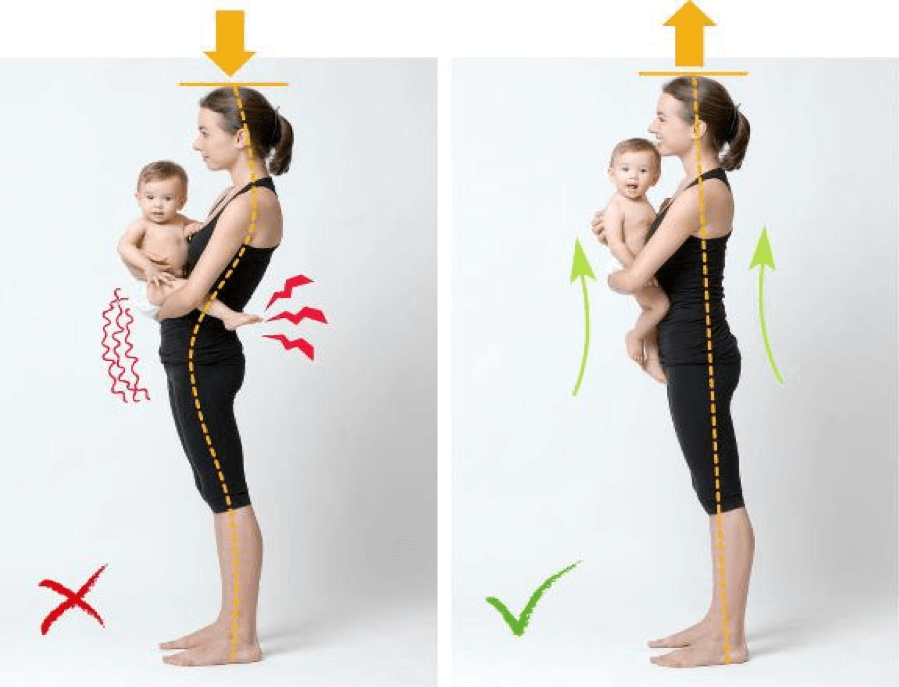 The pelvic floor (PF), also known as the perineum, is the sling of muscles, and sphincters (openings) of your bladder and urethra, vagina and anus. You could liken it to the shape of a hammock.
The pelvic floor (PF), also known as the perineum, is the sling of muscles, and sphincters (openings) of your bladder and urethra, vagina and anus. You could liken it to the shape of a hammock.
It involves a network of tendons, muscles, ligaments and connective tissue that supports the contents of your abdominal cavity and literally stops them falling out!
When you tension your PF the sphincters should close keeping you dry.
As well as supporting the weight of the abdominal contents, the pelvic floor acts to resist an increase in the pressure in your abdomen (intra-abdominal pressure). This pressure is increased by coughing, sneezing, laughing, bending over and lifting, running and jumping.
Where is the pelvic floor?
The ‘hammock’ is suspended between the pubic bone at the front and the coccyx at the back. The size of the pelvic floor resembles an open hand.
What is your ‘core’?
Your core consists of your pelvic floor, diaphragm, transversus abdominis muscles and deep spinal muscles. They work together to form an internal cylinder of support for your spine.

How do I “switch on” my pelvic floor?
Breathing with the correct technique enables you to switch on your pelvic floor. It’s important to learn to breathe deep and wide to the bottom of your rib cage. This allows your diaphragm to work correctly and therefore your pelvic floor.
As you breathe out gently lift the area between your pubic bone and coccyx, the hammock. As you do this you should feel a small amount of tension in your lower abdomen.
Although you may feel a gentle tensioning around your back passage, you must not tighten your buttock muscles.
Try and ‘close your openings’ first then imagine an escalator lifting from your bottom to your belly button.
Similarly, you must let your tummy muscles completely relax, do not pull in your upper abdomen.
Pelvic floor exercises need to be done in different positions, lying, sitting and standing. Kegels are just one part of your pelvic floor exercises, functional exercises are important too!
If you engage your pelvic floor this way you will have engaged your ‘core’ at the same time!

The pelvic floor can also be switched on by bending your back forward and back, twisting and moving your hips apart or together.
You can use ‘The Knack’ to help prevent leaking. Before you cough, sneeze or do any activity that causes you to leak, just think about engaging your pelvic floor.
Can my pelvic floor be too tight?
Yes!
Having a pelvic floor that is too tight can be as much of a problem as having a pelvic floor that is weak.
Your pelvic floor can be too tight due to injury or excessive amounts of incorrect pelvic floor exercising.
If your pelvic floor is tight then it can cause you to leak. This is because when your intra-abdominal pressure raises as you cough, sneeze etc, your pelvic floor has nowhere to go.
It is as important to learn how to relax you pelvic floor as it is to be able to switch it on.
A tight pelvic floor can cause other issues such as pain during intercourse and chronic pelvic pain.
What affects the strength of the pelvic floor?
- Excessive weight
- Poor posture – slouching, tucking your bottom under
- Prolonged coughing or respiratory problems
- Repeated heavy lifting with poor breathing technique
- Pelvic surgery
- Constipation – excessive straining
- Natural muscle weakening that occurs due to aging and menopause
Weakness relating to pregnancy and birth:
- Sustaining a 3rd or 4th degree tearing or episiotomy
- Ventous or forceps delivery
- Poor birthing positions
- Second stage longer than 2 hours
- Delivering your first baby
- Having an epidural
- Your baby being born over 4kg or 8lb 13oz
- C-section
Posture

Posture is very important to help your pelvic floor.
Think about three points on your foot; the ball of your foot, the outside of your little toe and the middle of your heel. Make sure the pressure going through your foot is even between those three points, then the front and back of your foot and then the left & right.
Ensure your knees are not pushed back firmly, let them relax slightly.
Turn your thighs out gently and feel your arches lift.
Learn to centre your pelvis so the curve in your lower back is not too arched or flat.
As you breathe out, let your shoulders drop away from your ears and your rib cage glide down towards your pelvis.
Gently glide your shoulder blades down and in, feeling the uppermost part of your chest opening up.
Imagine a helium balloon attached to the crown of your head. It’s gently lifting through your neck and into your upper back. Make sure your jaw stays parallel to the floor.
Perfect!
